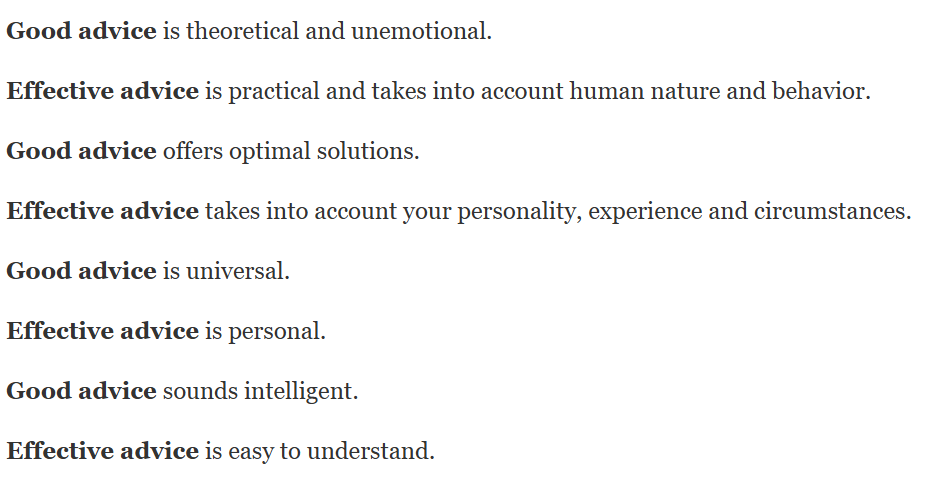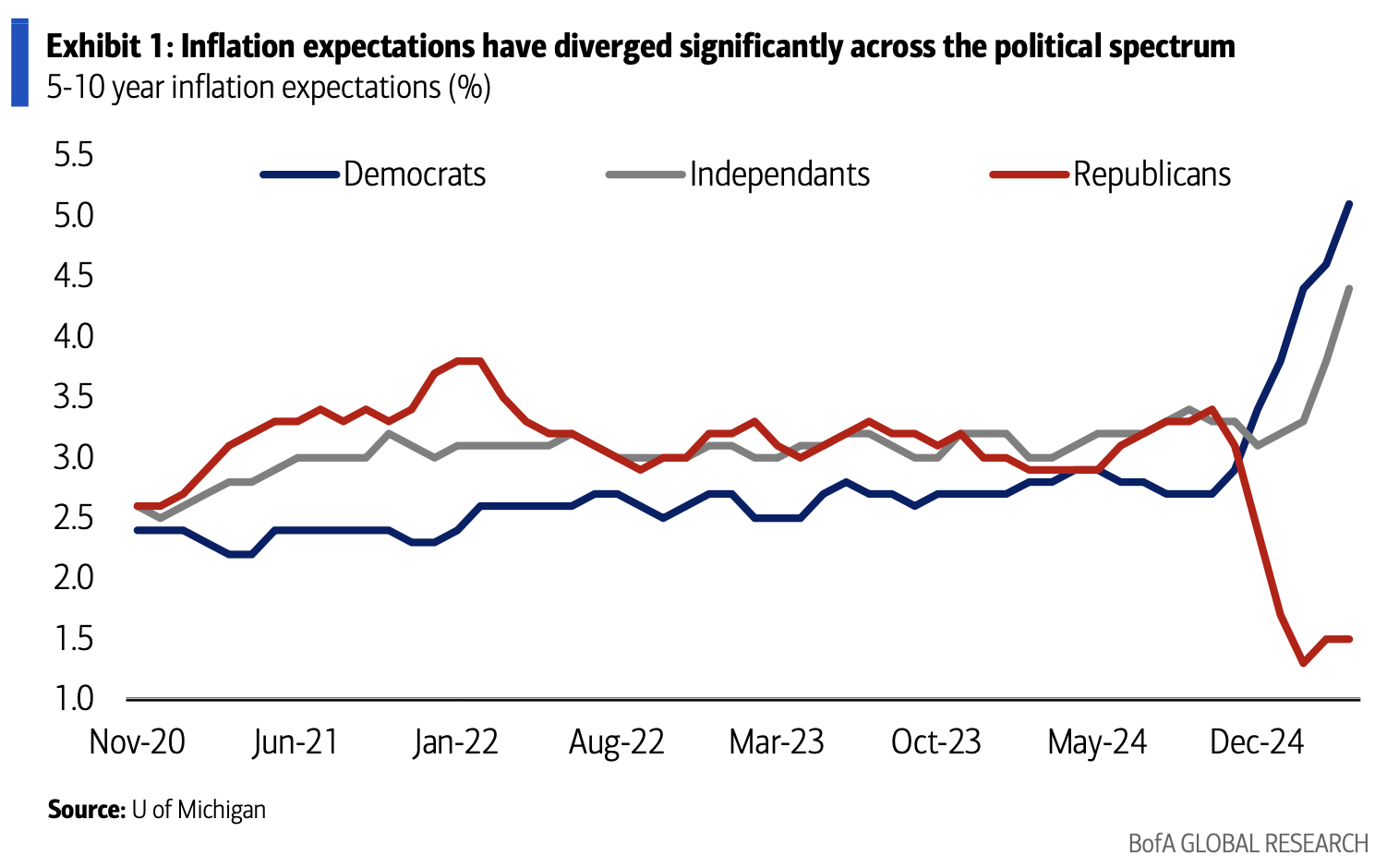Parent groups are hosting fairs that showcase phones with limited features to try and keep children away from smartphones
The fairs, where “dumb” or restricted phones are exhibited to parents, have been popping up around the U.S.

- Parent-led “Alternative Device Fairs” that showcase phones with limited features designed to protect children from the negative effects of smartphones and social media have been emerging in across the U.S. These devices often include advanced parental controls and AI filters to reduce exposure to harmful content while still allowing basic communication. The fairs also help to foster collaboration among parents and help them push back against the cultural norm that every child must have a smartphone by middle school.
Parent groups across the U.S. are hosting fairs to showcase "alternative devices" to keep children from owning smartphones for as long as possible.
The fairs, where “dumb” or restricted phones are exhibited to parents, have been popping up in affluent areas around the U.S., according to a report from The Atlantic.
Most of the phones showcased at the event are basic and lack smart features like access to social media. Some are even fitted with AI-powered content filters, surveillance features, or parental controls.
These "dumb" phones have been rising in popularity among adults trying to wean themselves off an overreliance on smartphones and parents trying to keep their kids from developing one.
One school in the UK, Eton College, has implemented an official policy requiring new students to use basic phones for communication.
The market for these kinds of phones is also growing rapidly, with revenue from the dumb phone market expected to hit $10.1 billion in 2025.
The rise of alternative devices has been driven in part by growing concerns about the effects of smartphones and social media on children's mental health.
Last year, Jonathan Haidt’s bestseller The Anxious Generation argued that the smartphone era had triggered a sharp rise in anxiety, depression, and social withdrawal.
The book’s popularity ignited a fierce debate and triggered many parents to reconsider how and when children should engage with technology.
Collaborative action
The fairs also serve as community spaces, allowing parents to collaborate and challenge the cultural expectation that every child must have a smartphone by middle school.
Haidt advocates for this kind of community action in the book. He argues that individual efforts by parents are often ineffective because of strong social pressures.
For example, parents don’t want their children to be excluded because they are the only ones without phones or social media. Haidt suggests several schemes, including phone-free schools and coordinated action with parents agreeing to delay smartphone ownership or social media use until age 16 or later.
A few of these groups have emerged virtually over the year.
In the UK, a group called the Smartphone Free Childhood has about 200,000 members. The group helps parents collaborate to keep smartphones out of children's hands for as long as possible, typically connecting parents at the same school to ensure phone-less kids aren't left isolated.
In the US, a group called IRL NY (In Real Life New York), a parent-led organization, has also been pushing to keep smartphones out of kids' hands. Their mission centers on encouraging families to delay smartphone use and social media access for kids, advocating instead for safer, more focused alternatives.
One of their key initiatives is the "Alternative Devices" program, which highlights kid-friendly phones and watches designed to minimize distractions and enhance safety. These devices typically allow for calling and texting without the full range of smartphone features.
This story was originally featured on Fortune.com

















































































































































































